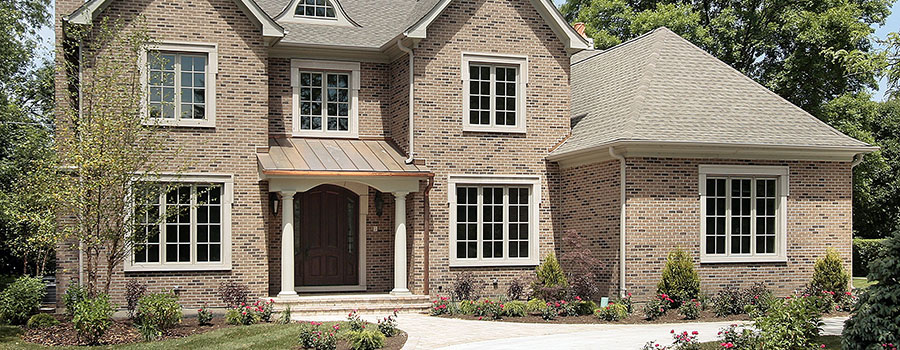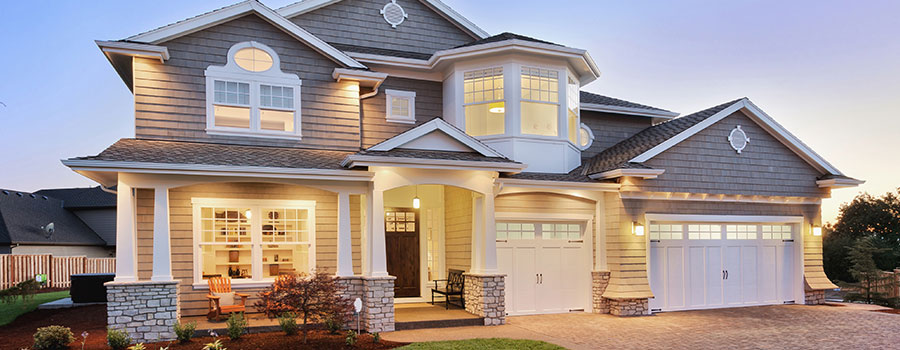Can I Build My Own Addition?
If you are asking, can I build my own addition? You must be thinking about adding another room in your house, but you don’t have money to hire a home addition builder, right? Well, the good news is that you can build an additional house if you have the necessary skills. You only need to follow the right procedure. Step 1: Draft the house plan. This is the first thing to do. Come up with a plan for the house you are looking to build. Of course, you should have the plan done by an expert. An ideal plan should include the shape, size, architectural points, floor layout, and other room aspects. When getting the plan, be specific about what you are looking for. How many square feet do you want the house addition to be? Do you want the room addition to have a bathtub or walk-in shower? Be specific about it to help the architect come up with a perfect plan. Being specific will also help you come up with a more accurate estimate. Step 2: Get the necessary building permits. Most states require you have building permits for every house you are putting up. To avoid being on the wrong side of the law, check with your local zoning board on the requirements you need to meet. Depending on your state, a building inspector may visit your property to check on the progress, so follow the plans closely and stay within the local authorities’ parameters. Step 3: Sink the foundation. Once you have the plan and the necessary permits, now it’s time to begin the construction work. Mark the areas that you need to dig and proceed with the work. When digging the foundation, ensure the new foundation is as close to your existing house as much as possible. The size and depth of the foundation vary depending on the size and height of your home addition. Step 4: Put up the walls. With the foundation in place, now it’s time to put up the walls. Since you are simply building a home addition and not a full-scale house, it won’t take you a long time to construct the house’s frame. After you have constructed the frame, begin erecting the walls. If you are constructing a small house, you can save money and time by getting prefabricated walls from your local store. Step 5: Install the roof. As soon as the walls are in place, install the roof to protect the walls from the harsh weather elements. For a uniform look, ensure that your room’s roofing style is similar to that of the main house. If you have roofing skills, you can install the roof by yourself but if you have never done it before, let a roofing professional do it so that the new roofing lines up with the existing roof. Step 6: Complete the electrical work. Are the walls and roof in place, and you are satisfied with them? Now it’s time to do some electrical wiring and HVAC system work. Since you will be dealing with electricity and ductwork, it’s wise you have an […]
Read moreLeveling Up: What to Consider Before Building a Second-Storey Addition
As your family grows, the bigger the home space you may need. It can be two things: either move into a larger house or contact home remodeling architects for a home addition project. If you are considering the latter, you would also have to consider whether to have a horizontal or vertical home addition design. Each option has its own pros and cons, and will also depend on your property size and your family’s lifestyle. If you choose to build-out A lot of homeowners consider whether to build up or build-out. The former pertains to building a second-story to their existing house. The latter, on the other hand, refers to building a home addition within your property. It can be an additional room in your backyard, extending your kitchen area, or converting your garage into a family room. In building out, home addition companies will use a backhoe to dig up the area where the addition will take place. A foundation will be set, add roofing, and then proceed in linking the existing property with the upcoming one. In some cases, the home addition can be a separate area within the property and won’t necessarily have to be connected to the existing home structure. On one hand, there can be at least a minimal disruption to your home living and to your current living space. As mentioned, you can either expand and link a new living space into the current residential structure, or build a separate living area within your property. On the contrary, you may also need to comply with local zoning standards. At the same time, you should have enough yard space to accommodate a bump-out or a separate home addition design. If you choose to build-up Meanwhile, building up means adding an additional floor above your existing home. You can add second-story living space above your current garage, living room, or porch areas. You can also opt to build additional rooms in the second-story area, or a small attic area to add height to your house. Again, it will depend on your lifestyle and your current family and living space needs. In building up, home remodeling architects won’t have to take away your existing yard space. However, home contractors would have to enhance your house’s current foundation to make sure it can support the additional weight due to the construction of the second-story area. On one hand, you won’t have to worry about complying with local zoning standards and considering limitations on the floor-area-ratio. However, you should also consider height limitations in your area. You should also add space for a staircase leading up to the second floor. Also, the building contractor may have to tear down part of your walls or ceiling for electrical, heating, and plumbing requirements. Second-story construction options As mentioned, there are different options you can choose from in building a second-story above your existing house. Before choosing your preferred option, make sure that the addition project complies with the local building regulations. It is also important to hire professional home remodeling addition contractors to complete the said addition project. Replace the roofing […]
Read more

